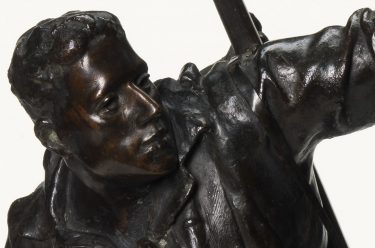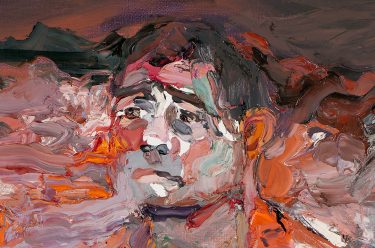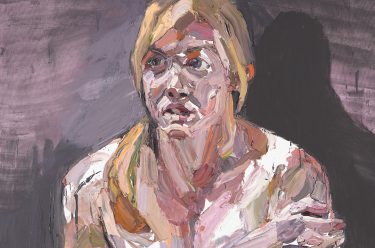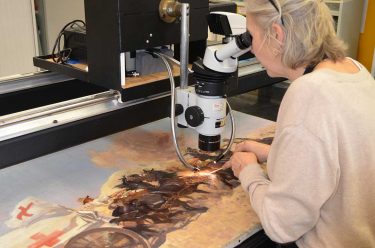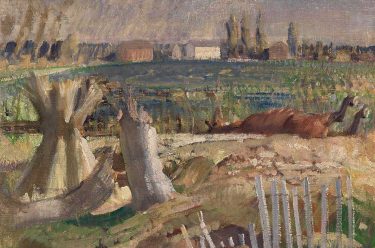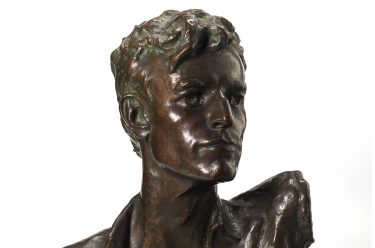‘The bomber’ captures the athleticism and bravery of a WWI soldier
Based on drawings made in the field, Web Gilbert’s (1867-1925) The bomber c.1915-21 depicts a First World War figure of a grenade-throwing soldier. The swinging leverage of the soldier’s outstretched arms practically rotates above the power and stability of his climbing stride. With this strong and balanced stance, Gilbert at once captures the athleticism and…
Continue reading » “‘The bomber’ captures the athleticism and bravery of a WWI soldier”
